If you’re searching for a healthy, affordable, and dog-friendly ingredient to add to your pup’s meals, butternut squash should be at the top of your list. It’s packed with vitamins, gentle on digestion, naturally sweet, and incredibly versatile. Best of all? Dogs love it — even picky eaters.
Whether you want to use squash as a topper, treat base, or a nutritious meal add-in, this guide will show you how to cook butternut squash safely for dogs, plus 4 simple mix-ins to make meals healthier and more exciting.
Let’s get started!
Is Butternut Squash Safe for Dogs?
Yes — butternut squash is perfectly safe for dogs when prepared correctly.
Benefits of Butternut Squash for Dogs
-
High in vitamins A, C, E, and B6
-
Supports immune function
-
Helps maintain healthy skin & coat
-
Rich in fiber for digestion
-
Naturally low in calories
-
Packed with antioxidants like beta-carotene
Just make sure it’s always served cooked, soft, and with skin and seeds removed, as these can be difficult to digest.
How to Prepare Butternut Squash for Dogs
No matter which cooking method you choose, always:
-
Wash the squash
-
Peel the skin
-
Slice in half
-
Scoop out the seeds
-
Chop into cubes
-
Cook until soft
From there, you can mash, blend, or add the cubes directly to dog food.
Now let’s go through the best cooking methods.
Method 1: Boiling (Fast & Easy)
Boiling is the quickest and simplest way to cook squash for dogs.
Instructions
-
Peel, deseed, and cube the squash
-
Add to a pot of water
-
Bring to a boil
-
Simmer 12–15 minutes until soft
-
Drain and let cool
Best for:
-
Mixing into kibble
-
Making mashed squash
-
Senior dogs needing softer foods
Pro Tip:
Avoid adding salt or seasoning — dogs don’t need it.
Method 2: Steaming (Most Nutritious)
Steaming preserves the most vitamins and minerals.
Instructions
-
Place squash cubes in a steamer basket
-
Steam over boiling water for 10–12 minutes
-
Cool before serving
Best for:
-
Dogs needing extra nutrients
-
Low-calorie diets
-
Meal prep
Pro Tip:
Steam large batches and freeze in 1–2 tbsp portions.
Method 3: Roasting (Most Flavorful)
Roasting caramelizes the squash, giving it a naturally sweet flavor dogs love.
Instructions
-
Preheat oven to 200°C (400°F)
-
Toss squash cubes in a tiny amount of olive oil (optional)
-
Spread out on a tray
-
Roast 25–30 minutes until soft
Best for:
-
Picky eaters
-
Dogs who prefer chewy textures
Avoid:
Onions, garlic, herbs, or spices — all unsafe for dogs.
Method 4: Microwaving (Fastest Option)
If you’re short on time, microwaving is the quickest method.
Instructions
-
Place squash cubes in a microwave-safe bowl
-
Add 2 tbsp water
-
Cover
-
Microwave 5–7 minutes, checking halfway
-
Cool completely
Best for:
-
Busy dog parents
-
Quick meal add-ins
How to Serve Butternut Squash to Dogs
You can serve squash in various textures:
✔ Mashed
Great for mixing into kibble or wet food.
✔ Chopped
Perfect as meal toppers or mix-ins.
✔ Puréed
Ideal for sensitive stomachs and puppies.
✔ Frozen Portions
Use silicone molds for easy treat batches.
Serving Size Guidelines
-
Small dogs: 1–2 tablespoons
-
Medium dogs: ¼ cup
-
Large dogs: ¼–½ cup
Always introduce new foods slowly.
4 Simple Meal Add-Ins to Boost Your Dog’s Nutrition
Here are four dog-safe, healthy mix-ins you can add to cooked butternut squash to create balanced, tasty meals.
1. Cooked Chicken Breast (High Protein Fuel)
Chicken and squash make a gentle, nutritious blend for dogs with sensitive stomachs.
How to Use It
-
Mix 2 parts squash + 1 part shredded chicken
-
Perfect for picky eaters or recovery meals
Benefits
-
Lean protein
-
Easy to digest
-
Ideal for weight management
2. Plain Greek Yogurt (Gut Health Booster)
Plain, unsweetened Greek yogurt adds creaminess and probiotics.
How to Use It
-
Stir 1 tablespoon into squash
-
Great as a topper for kibble
Benefits
-
Supports digestion
-
Adds calcium and protein
Avoid:
Flavored, sweetened, or vanilla yogurt — these often contain harmful additives.
3. Steamed Green Beans (Healthy Fiber Add-In)
Green beans add crunch and nutrients without adding many calories.
How to Use It
-
Chop and mix into squash
-
Serve warm or at room temperature
Benefits
-
Supports healthy weight
-
Adds vitamins and fiber
4. Sardines in Water (Omega-3 Powerhouse)
A small amount of sardines boosts skin, coat, and brain health.
How to Use It
-
Mash ½ sardine into warm squash
-
Add on top of meals
Benefits
-
Omega-3 fatty acids
-
Anti-inflammatory properties
-
Great for dry skin or joint issues
Note:
Choose sardines in water, not oil.
How to Store Cooked Butternut Squash
Refrigerator:
Up to 4 days
Freezer:
Up to 3 months
Best Storage Tip:
Freeze in 1 tablespoon portions using silicone molds — perfect for small serving sizes and easy defrosting.
Final Thoughts
Butternut squash is one of the easiest, healthiest foods you can add to your dog’s diet. It’s naturally sweet, nutrient-rich, gentle on digestion, and incredibly versatile. Whether you boil it, steam it, roast it, or microwave it, squash can boost your dog’s meals with vitamins, fiber, and antioxidants.
With the four simple meal add-ins above, you can turn basic squash into delicious, balanced nutrition your dog will love — all using everyday, dog-safe ingredients.
Healthy, affordable, and tail-waggingly good… what more could you ask for?


























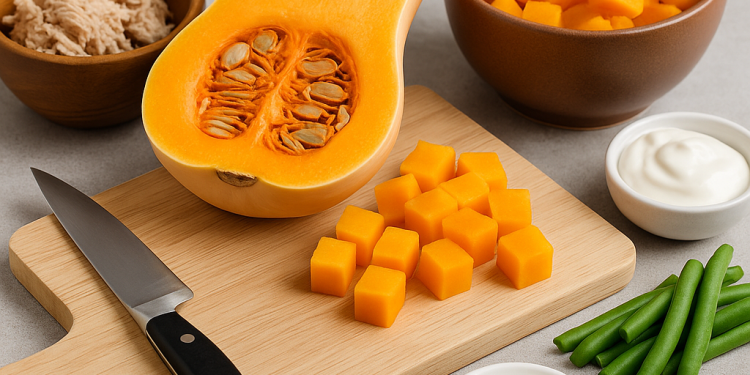

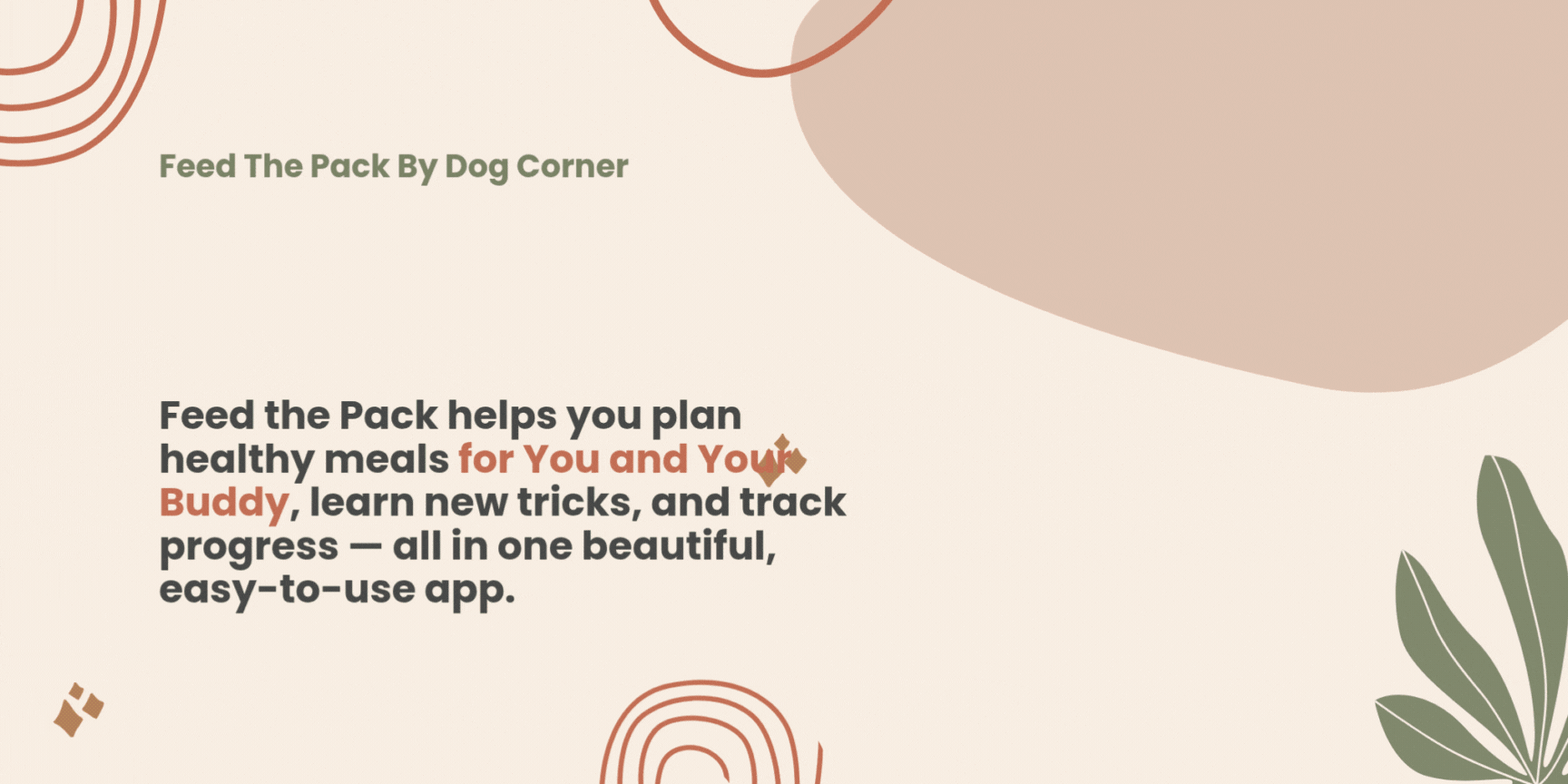




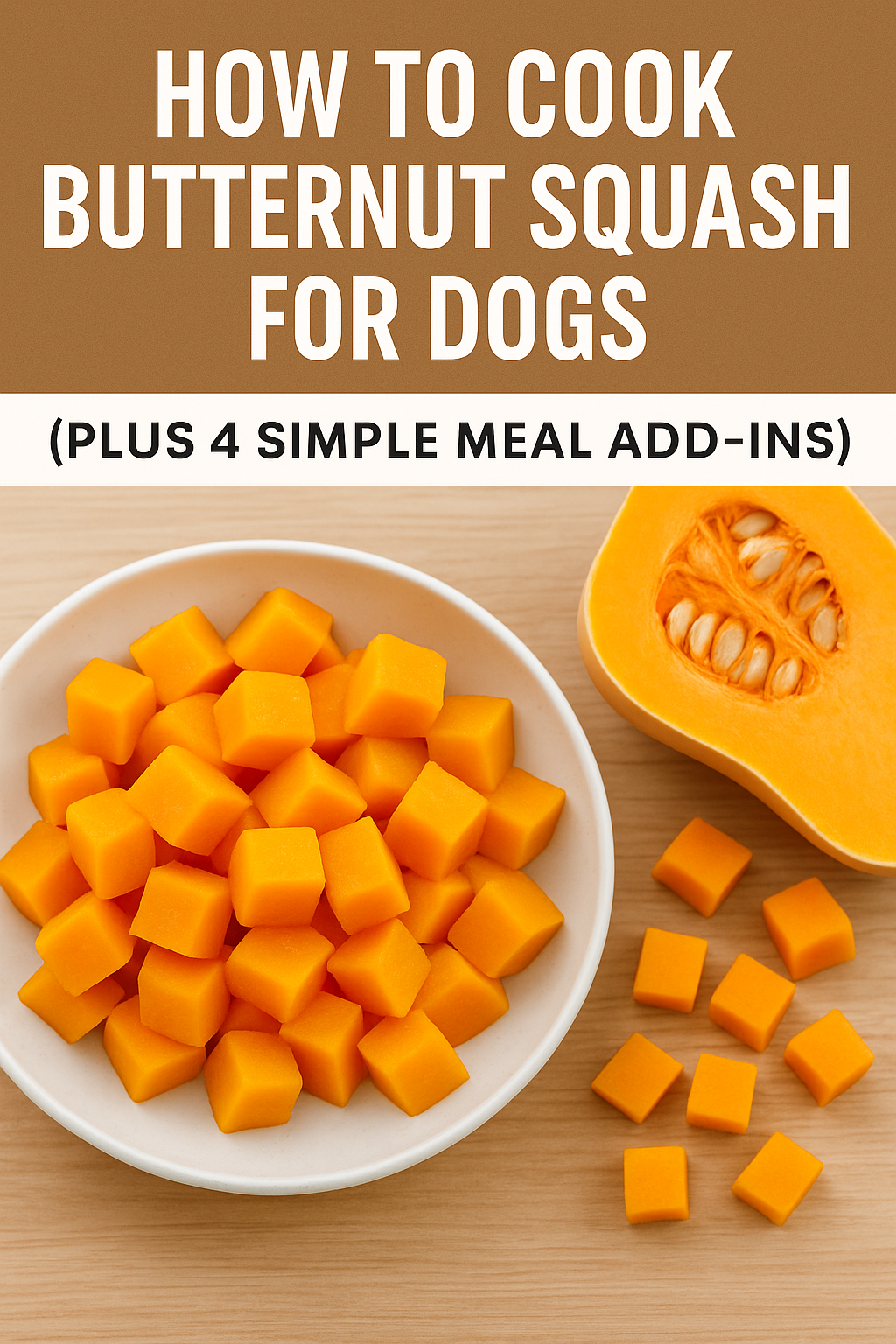
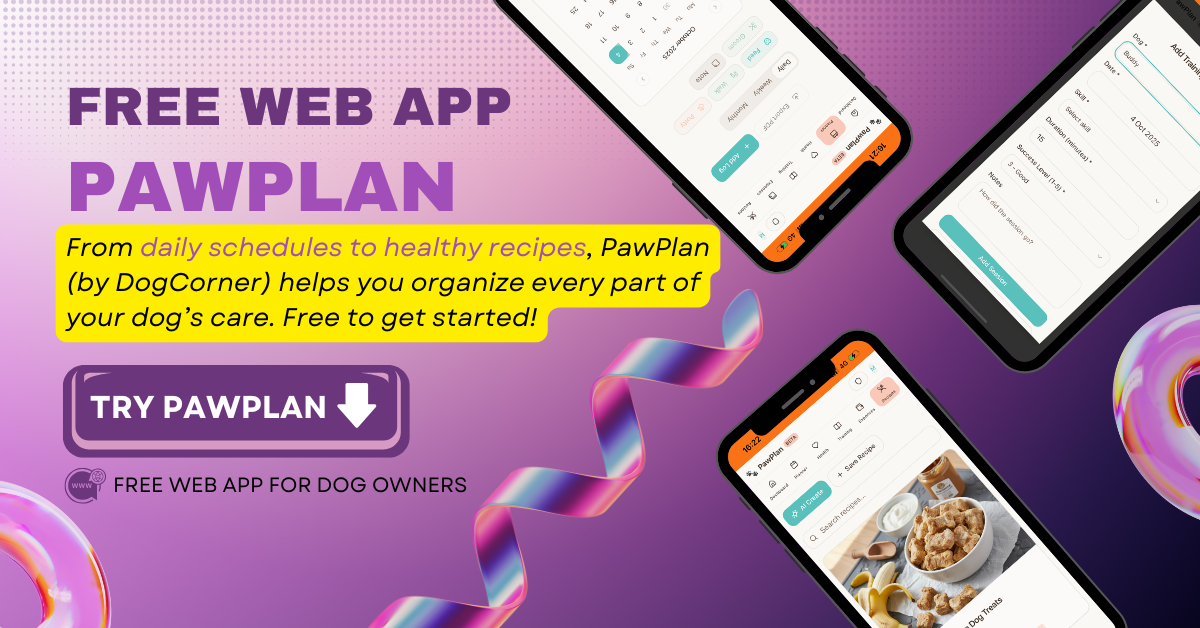




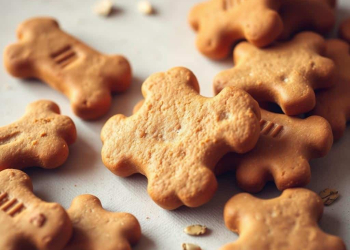










Discussion about this post